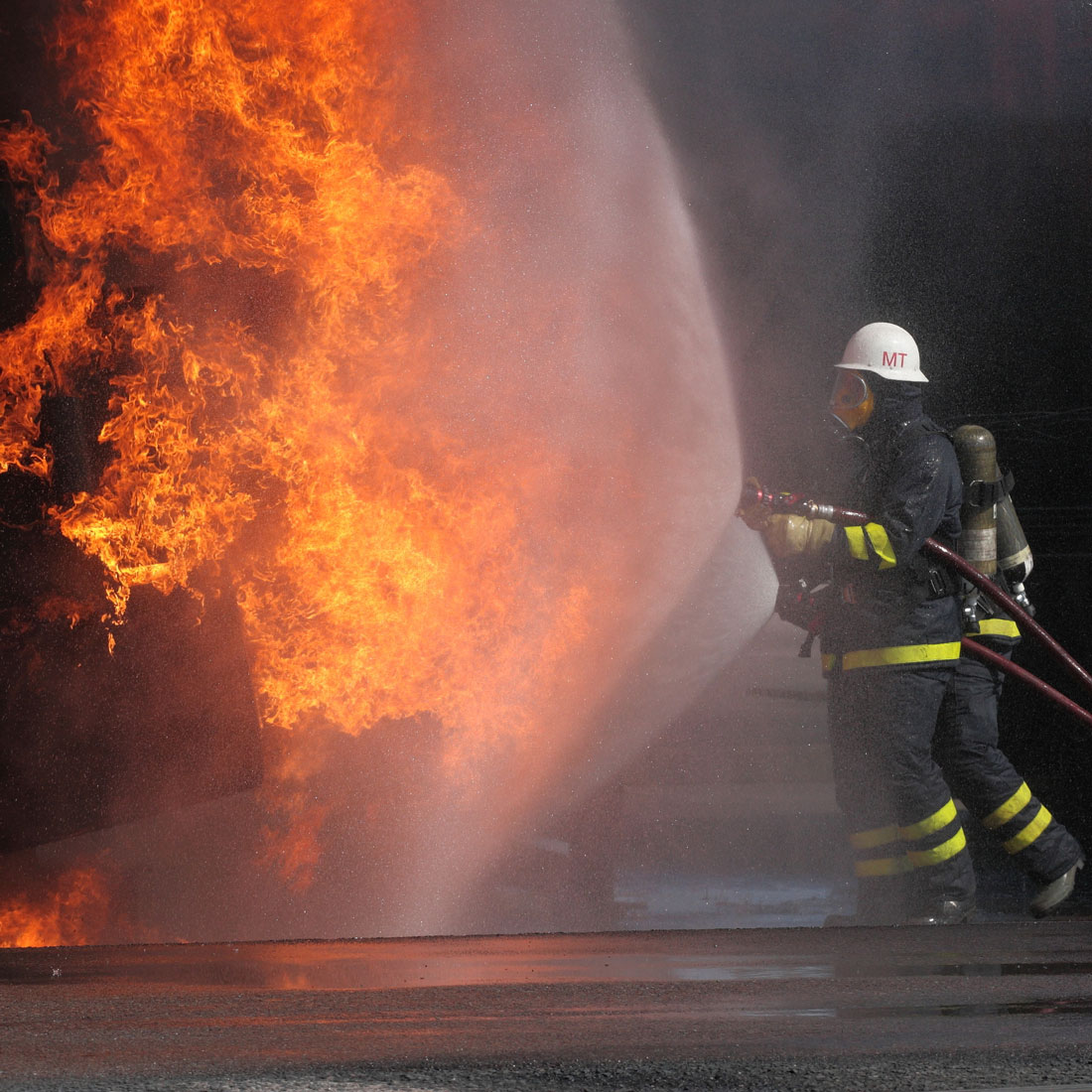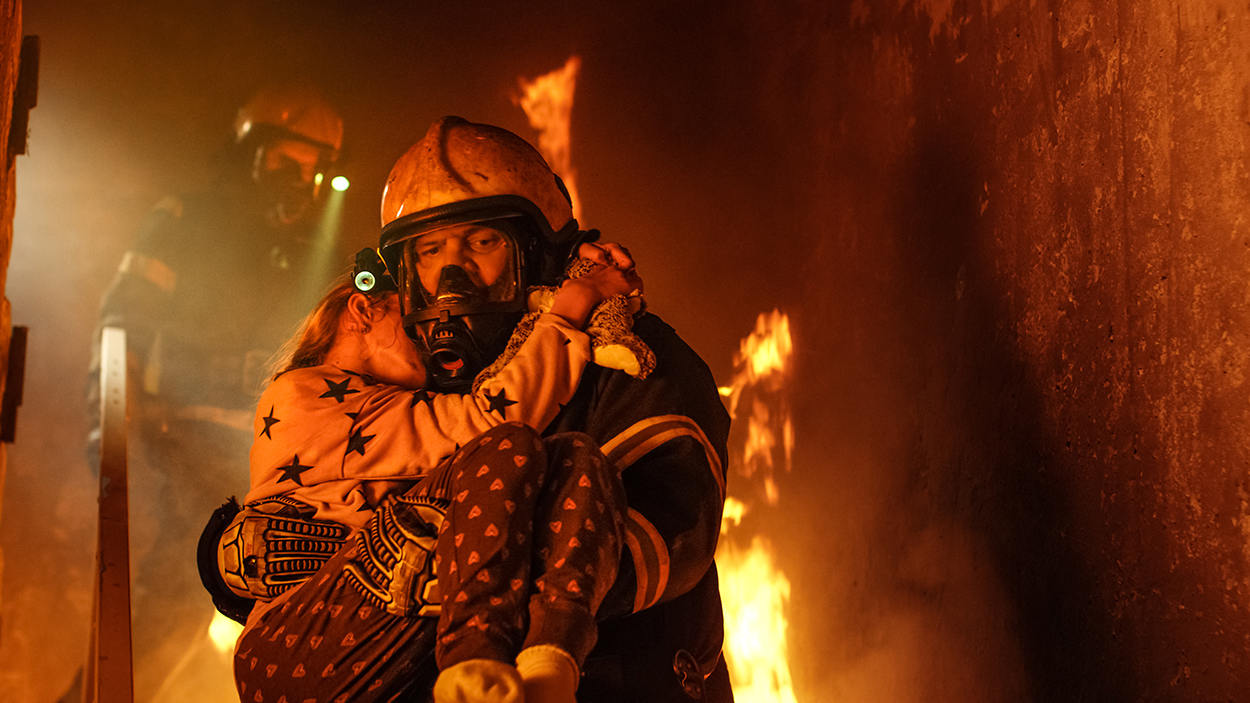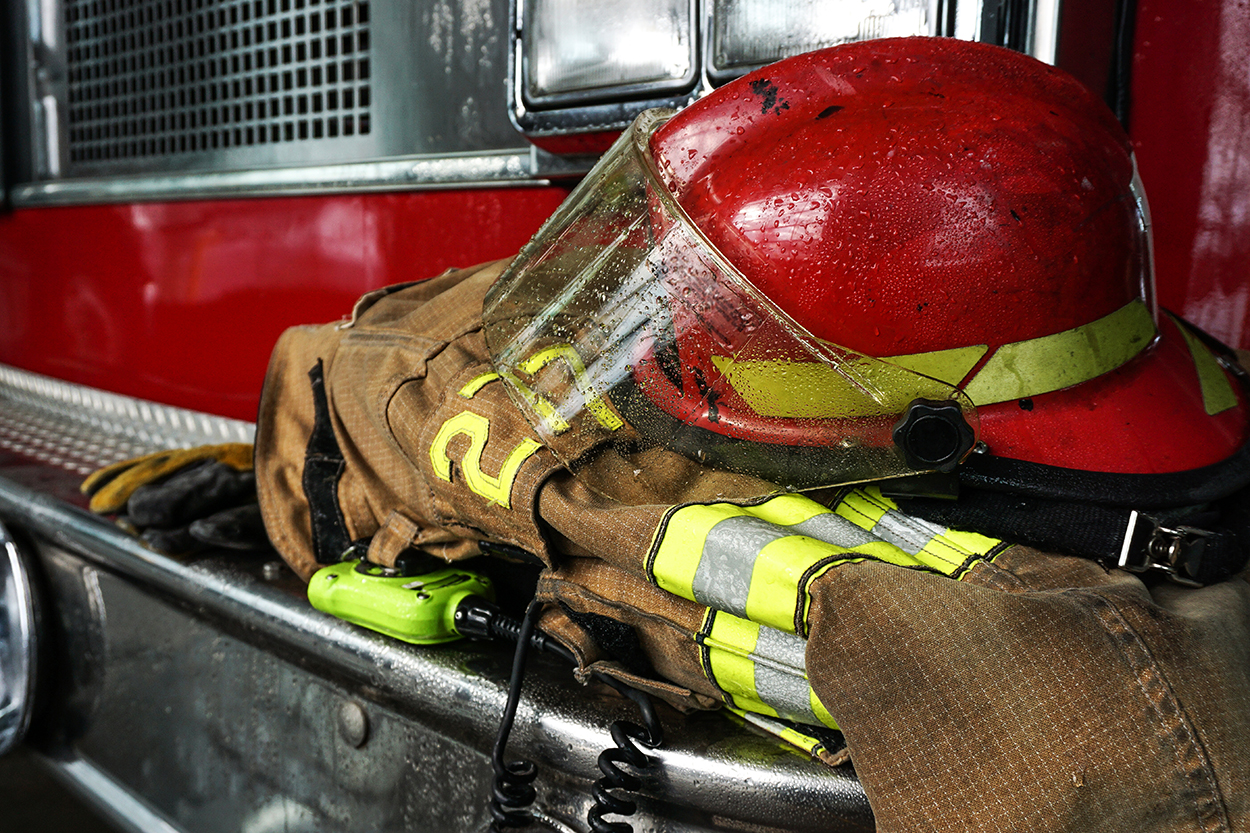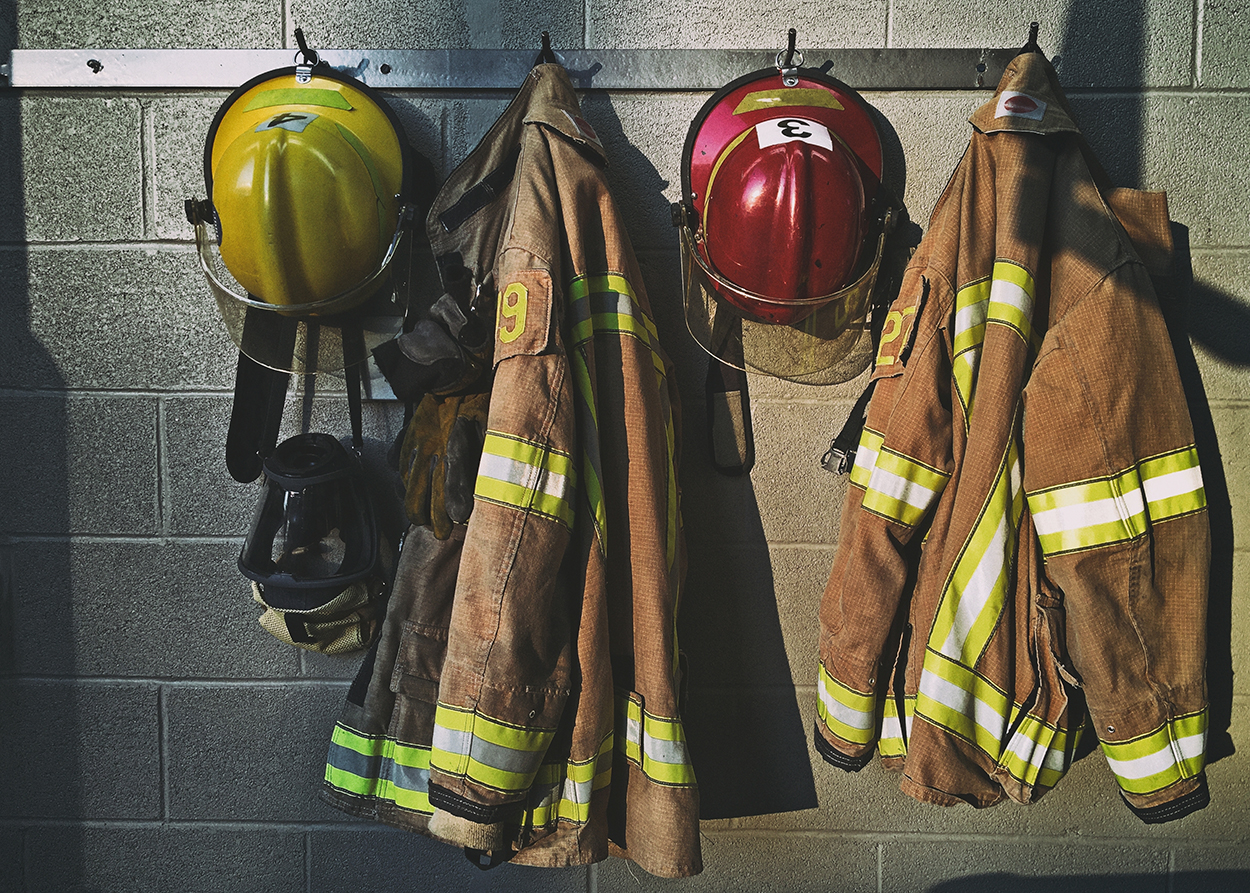Get A Free Legal Consultation
- We fight to maximize your results
- Many clients get results in as few as 90 days
- No out-of-pocket costs for you or your family



In addition to risking direct injury from fire, firefighters also face the hazards of dangerous atmospheres filled with smoke and toxic substances such as asbestos. Asbestos, known for its heat-resistance, used to be a popular building and insulating material. It was commonly used in the construction of virtually every type of industrial, commercial and residential structure. However, it can cause serious illnesses like mesothelioma, an aggressive cancer.
If you or a loved one worked as a firefighter and later received a mesothelioma diagnosis, compensation may be available that can help with the cost of medical care and more.
Call (800) 326-8900 now to see if our asbestos attorneys can help your family. It costs nothing to speak with us.
Buildings constructed between 1930 and 1980 pose the greatest risk for firefighters because they were often built with a variety of asbestos materials ranging from roofing and siding to furnace tape and gaskets. Increased temperatures, such as those caused by fire, and demolition activity can cause these asbestos materials to become even more hazardous.
When disturbed, the asbestos materials release toxic fibers into the air that can linger for long periods of time. If inhaled, asbestos fibers can become lodged in the lungs and cause diseases such as asbestosis, lung cancer or mesothelioma.
Sadly, firefighters are twice as likely to develop mesothelioma than the general public. Asbestos-containing products still lurk in many older buildings constructed when companies hid the dangers of asbestos. With no advanced warning, firefighters can’t take the required measures to protect themselves.
The fireman’s most common encounter with asbestos is while extinguishing a fire. Yet, even after the fire is extinguished, firemen are still at risk of toxic asbestos materials — especially if they clean areas with boilers, furnaces, steam pipes or other industrial equipment.

Contact us for a free legal consultation. Call (800) 326-8900.

When not actively fighting fires or cleaning up after them, firefighters may still find themselves at risk of asbestos exposure. They often make in-depth safety inspections at commercial and industrial facilities — checking the safety of a plant’s equipment and manufacturing processes during or immediately following large plant renovations, maintenance projects, or boiler overhauls when toxic asbestos dust could have been released into the air.
In addition to fire safety inspections, firefighters who worked on staff at large facilities were likewise present to oversee maintenance, repair and insulation work done on asbestos-containing industrial boilers, furnaces, ovens, steam lines, feed pumps, and other high heat industrial equipment to ensure that safety standards were met.
They would regularly work alongside tradesmen such as pipefitters, boilermakers, and furnace operators — becoming exposed during tear outs and re-installation of asbestos containing boiler insulation, pipe covering, and other hazardous fireproofing materials.
Firefighters who responded to the 9/11 attacks on the World Trade Center, or who participated in the clean-up efforts are at high risk for asbestos-related diseases.
The twin towers had been built with asbestos products and, as they collapsed, the asbestos fibers broke down and became airborne. Firefighters and rescue workers who spent hours at ground zero working among dust, smoke and debris that contained asbestos and other harmful particles should talk to their doctor and regularly monitor their health for asbestos-related disease symptoms.

Building Materials
Many buildings constructed prior to 1980 were built with asbestos-containing materials such as roofing and siding, joint compounds, floor and ceiling tiles, pipe insulation, duct insulation, furnace tape and gaskets, and insulating boards.
Protective Clothing
Because asbestos can withstand high heat, it was utilized by manufacturers of protective equipment regularly worn by firemen. From the 1930s to the 1970s, asbestos was used to make fire helmets, coats, pants, boots and more.
Fire Stations
Dust collected on firefighters’ gear during calls could build up in the fire station, posing another exposure risk. Many fire stations may also contain piping and electrical fixtures insulated with asbestos. During down time, firefighters who conduct repairs on the stations built before the 1980s are potentially exposing themselves to asbestos-containing products.

Although firefighters often wear oxygen masks, which can help to prevent the inhalation of asbestos fibers, they are still at risk of collecting loose asbestos fibers on their clothes and gear. In order to prevent bringing asbestos dust home to their loved ones, firefighters should remove their safety gear and any other clothing or equipment, including shoes, that may contain asbestos fibers.
If necessary, the clothes should then be cleaned and decontaminated. Finally, firefighters should clean themselves — taking special care to wash asbestos dust out of their hair.
There are a few other things firefighters and rescue workers can do to prevent asbestos exposure including [1]:
[1] State of Connecticut Department of Emergency Services & Public Protection
Firefighters working in or around buildings constructed during the years when asbestos-containing materials were at the height of their use are most at risk for mesothelioma.
If you or a loved one is experiencing mesothelioma symptoms as a result of asbestos exposure, you may be eligible to file a mesothelioma lawsuit.
Talk with an asbestos attorney today to find out if we can help your family pursue compensation. Call (800) 326-8900 now to contact us for free.